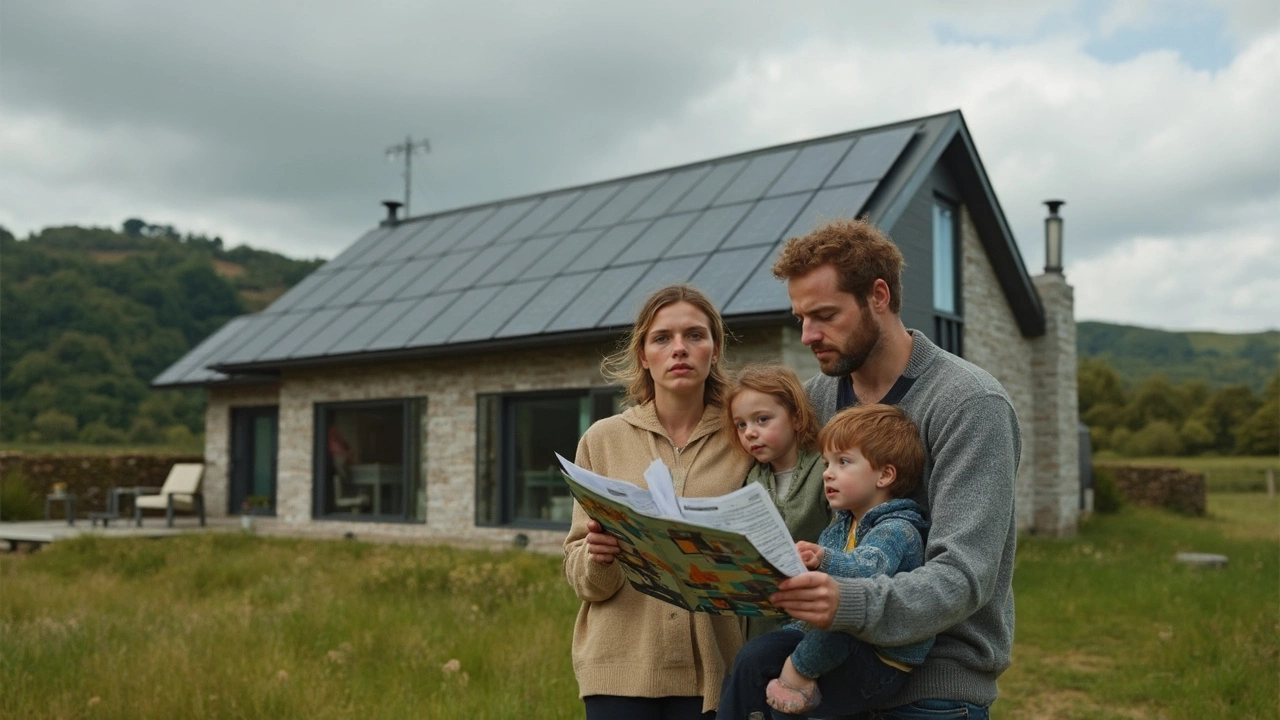Sustainable Home Drawbacks: Real‑World Issues You Need to Know
Thinking about going green with a new house? A sustainable home sounds like a win‑win, but the reality can be messier than the marketing hype. Below we break down the biggest headaches owners face, so you can weigh the pros and cons before you sign anything.
Higher Up‑Front Costs and Hidden Expenses
Eco‑friendly materials, solar panels, and high‑performance windows don’t come cheap. Builders often charge a premium of 10‑20% for green specs, and the price tag can jump even higher if you opt for custom solutions like rainwater harvesting or geothermal heating. Those numbers look scary, but many buyers assume the savings will appear later. In practice, the pay‑back period can stretch 10‑15 years, especially if local incentives are limited or the system isn’t sized correctly.
Don’t forget the hidden costs. A solar array may need a new roof, extra structural support, or a battery backup you didn’t plan for. High‑efficiency HVAC units can require ductwork upgrades, and airtight construction means you’ll need a mechanical ventilation system—another expense that pops up during the final inspection.
Maintenance, Performance Gaps, and Resale Realities
Green homes often demand more hands‑on care. Solar panels need regular cleaning in dusty areas to keep output high, and rainwater tanks must be filtered and inspected to avoid contamination. If you choose natural insulation like sheep’s wool or cellulose, you’ll have to monitor for moisture and pest intrusion more closely than with conventional batts.
Performance gaps are another issue. A house designed to be net‑zero on paper can fall short if the occupant behavior doesn’t match the design assumptions. For example, an airtight home will feel comfortable only if the ventilation system runs correctly; otherwise, you’ll see stale air, humidity spikes, or even mold growth.
When it comes time to sell, the market for sustainable homes is still niche. Some buyers are eager to pay a premium for green features, but many are hesitant, worrying about unfamiliar technology or future maintenance costs. That uncertainty can lower your resale value compared to a similarly sized conventional home.
So, what can you do to avoid these pitfalls? Start by getting a detailed cost‑benefit analysis from a certified green builder. Ask for a performance guarantee on the solar system and ventilation equipment. Look for local incentives that can offset upfront costs, and factor in realistic maintenance schedules into your budget. Finally, keep documentation of all green upgrades; a well‑organized file can reassure future buyers and help you claim any tax credits.
Choosing a sustainable home isn’t a decision you should make on excitement alone. By understanding the hidden costs, maintenance demands, and resale challenges, you can make a smarter choice that truly works for your lifestyle and wallet.

Disadvantages of Eco Homes: Hidden Costs, Maintenance, and Challenges
Eco homes sound perfect, but they're not flawless. Learn about hidden costs, tricky maintenance, and frustrating hurdles people rarely mention.
Continue Reading